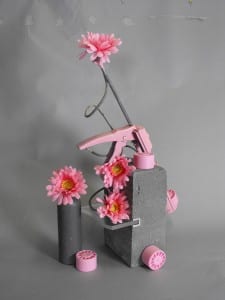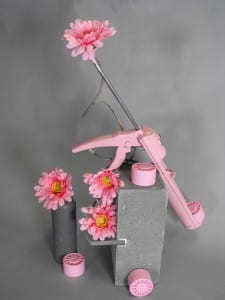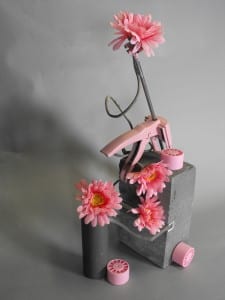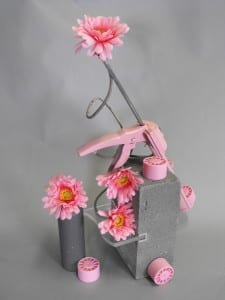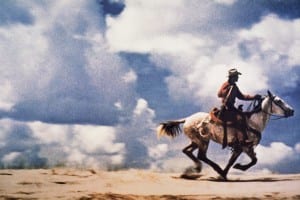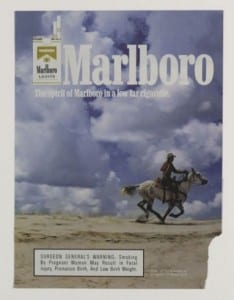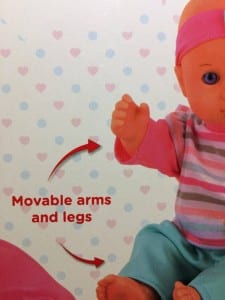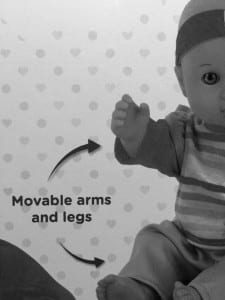Which of the words given in the brief document have you selected, and why?
I have chosen the word “entropy” because, when I looked up the definition of the word, there wasn’t one main definition which meant there was a lot of room for personal interpretation.
What do you want to point your camera at?
I am going to use the medium of “still life” to convey my interpretation of Entropy as I enjoyed using objects to create a unique composition and I feel like using inanimate items will allow the viewer to form their own opinion of what I am trying to communicate.
Why are you interested in this subject?
I am interested in the idea of Entropy as I am interpreting it according to this definition: “entropy: lack of order or predictability; gradual decline into disorder” so I will be looking into the idea of chaos and disorder. I am going to be photographing still life as I think it could be interesting to try and convey the idea of chaos and disorder with inanimate objects.
What do you hope an audience will take from your images?
I hope the viewer will be able to form their own opinions about why I chose to photograph the objects I did in order to communicate the idea of entropy and I hope that the way I chose to portray the theme will create a lasting impact on the viewer.
What areas of research are you considering to help deepen your understanding of the subject you have chosen?
I am going to research existing still life photos in order to gain a better understanding of how to set up an aesthetic composition and use it to portray ideas. I will also research photographers who have experience with still life photography to see if they can provide any inspiration on how I am going to frame my photographs and how many objects to include.
What practitioner(s) or visual resources would you consider to have influenced you? This does not have to be photographic.
I would say that Linus Lohoff has definitely inspired me to some degree due to his use of colourful backgrounds and simple, yet effective, compositions. He successfully creates masterful photographs using single objects in each shot and bright, vibrant backgrounds.
What support or equipment might you need to achieve your goals?
I would need to find ordinary objects and come up with ways to portray the idea of chaos and disorder with stationary objects. I will need a Canon camera and an 18-55mm lens as these are both good for studio shoots.
